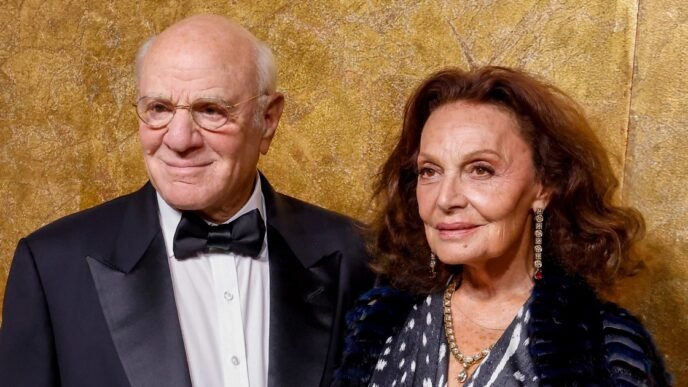The head of the U.S. Department of Veterans Affairs defended the agency’s slashing of thousands of jobs and said its goal is to cut an additional 15% of its workforce, as he testified for the first time since taking the helm.
In testy exchanges with multiple members of the Senate Committee on Veterans’ Affairs, Doug Collins said Tuesday that his agency was looking into potentially cutting another 70,500 non-essential positions in a move that would make the agency more efficient.
“The department’s history shows that adding more employees to the system doesn’t automatically equal better results,” said Collins, a Navy veteran and former U.S. representative, who was sworn in as the VA secret in Febru.
The VA announced earlier this year that it had fired more than 2,400 employees and planned to end 585 contracts. Many committee members peppered Collins with questions about the consequences of those reductions. When asked to elaborate on which positions and contracts were terminated, he said he would provide them with the information later.
He said the agency would keep front-line health care workers, such as doctors and nurses, but would phase out non-essential roles, like interior designers and those who work in diversity, equity and inclusion.
Collins has previously said that the personnel changes would not negatively impact VA health care, benefits or beneficiaries, and that “mission-critical” positions were exempt from the reductions.
The cuts, he said, would increase productivity and eliminate waste.
On Tuesday, Collins said that by getting rid of DEI initiatives, the VA saved $14 million, which he said was redirected to veterans with disabilities who need prosthetics.
In scathing remarks, Sen. Richard Blumenthal, D-Conn., criticized Collins for failing to sufficiently address the dozens of requests for information and letters of inquiry that he and his colleagues sent to the Trump administration.
Blumenthal said accountability “has been totally lacking,” as he warned that taking a “chainsaw” to an agency that has about 470,000 employees and serves about 9.1 million people would be disastrous.
“Make no mistake, it is a disaster that is on the horizon, approaching us as surely as a thunderstorm in the nation’s capital,” he said.
Collins said money and staffing were not always the solution. For example, he said, the VA has been spending $588 million a year to research veteran suicide — its top clinical priority. Yet, he said there has not been a significant decrease in veteran suicide rates since 2008.
There were more than 6,400 veteran suicides in 2022, the latest year with available data, which was slightly more than in 2021, according to the VA’s most recent report.
Collins also slammed the VA’s human resources department for taking nearly two weeks to provide him with a list of all the agency’s employees. He also said some VA doctors and nurses are not seeing patients.
“Year after year, the calls for VA reform come from every corner,” he said. “This year, we have finally embarked on a historic effort to reform the VA. We have been emphatic that we will not be cutting benefits and health care, only improving them, and I think the budget shows that.”
If you or someone you know is in crisis, call 988 to reach the Suicide and Crisis Lifeline. You can also call the network, previously known as the National Suicide Prevention Lifeline, at 800-273-8255, text HOME to 741741 or visit SpeakingOfSuicide.com/resources for additional resources.













